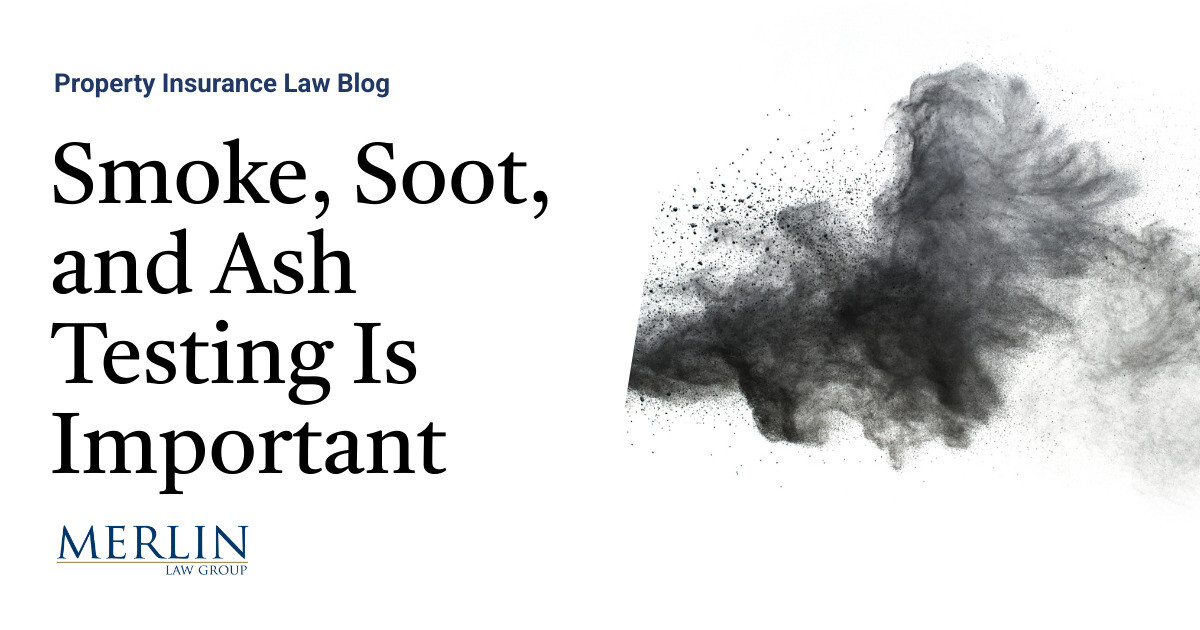The affirmative action game, in full swing for over forty years now, will continue despite the Supreme Court’s ruling in Students for Fair Admission v. Harvard. All that’s happened is a slight change to the rules.
The real purpose of affirmative action is well known: to increase the number of minority students, primarily African American and Latino, in elite colleges and universities. But explicitly creating racial preferences runs afoul of the 14th Amendment’s Equal Protection clause, which, if read strictly, prohibits any legal distinctions based on race.
The game, then, is for elite universities to figure out how to secretly pursue the real purpose without running afoul of the Constitution. They don’t have to actually fool the Supreme Court; they just have to give the Court a pretense it can pretend to believe.
The schools gave several such pretenses, a “throw everything and see what sticks approach,” but a central one is that diversity enhances the educational environment for all students. Ironically, then, the purpose of affirmative action is apparently not to help Briana from Brooklyn get into the best college she can, but to improve the college education of Harper from the Hamptons; affirmative action is for the benefit of America’s rich white kids.
We know the claimed reason is not the real reason because critics of the Court aren’t bemoaning the damaging effects of the Court’s ruling on the education of America’s young elite; they’re explicitly objecting that it will mean fewer African American and Latino kids in top universities. But the truth value of the alleged purpose is not what matters–what matters is whether it’s a convincing enough pretext to persuade the Court to ignore the direct racial preferences given to certain racial groups.
The Court also knows the alleged purpose is not the true purpose. But depending on the Justices’ degree of sympathy to the real purpose, each Justice will be more or less willing to accept the pretext. The liberal Justices, strongly favoring the real purpose of affirmative action, were less bothered by violations of the Equal Protection Clause’s racial neutrality and more willing to accept the pretexts as excusing them. The conservative Justices, being less favorable toward, if not downright hostile to the real purpose of affirmative action, were less inclined to accept the pretexts at face value and more motivated to peel back the fig leaf and take a hard skeptical look at the universities’ policies.
Without going into lengthy detail, from a strict constitutional perspective, the conservative argument is easier to make. The Equal Protection clause is inarguably textually neutral. To interpret equal protection for all as meaning extra protection for some requires some political heavy lifting that a strictly textual argument does not.
Despite shooting down the universities’ policies, the majority at least implicitly recognized the game within the affirmative action legal debate when it rather wistfully asserted that “[W]hat cannot be done directly cannot be done indirectly.” But of course it can. It’s just a matter of figuring out how indirect you have to be before a majority of the Court thinks it’s got enough cover to accept the subterfuge.
And the majority, odd as it may seem, directly told the universities exactly what indirect method would get their buy-in, saying:
nothing in this opinion should be construed as prohibiting universities from considering an applicant’s discussion of how race affected his or her life, be it through discrimination, inspiration, or otherwise.
This is nothing less than a how-to manual. Admissions officers simply have to use their professional judgment to score applicant’s discussions about race “appropriately.”
Of course African-American and Latino students will easily be able to come up with plausible statements about how race has affected their lives, and their stories of how they were inspired to overcome their circumstances will follow a familiar and satisfying storyline (never mind that some will be ghostwritten for the children of surgeons and stockbrokers). And it’s as good as using an explicit checkbox to avoid giving white students a bonus. What elite university admissions official will buy a white applicant’s story about struggling against discrimination, or fail to be appalled at a claim of being inspired by their whiteness? Whatever Asian students write can subjectively be determined to not be as stirring as what other minorities write, so discrimination against them can continue apace, as long as it doesn’t become too obvious.
It’s so obvious that it makes one wonder whether the conservatives actually do have some unspoken sympathy with affirmative action’s real purpose, and they’re consciously signaling to elite universities, “Here’s the subterfuge that it’s not actually about race that we’re willing to buy; please follow this guide so we don’t have to be bothered with this anymore.”
Whatever they were thinking, the effect is that instead of killing affirmative action, they ensured that the game will go on. The same real purpose of helping a small number of African American and Latino students get into elite colleges will be pursued, and the continuing pretense that we’re doing something other than that will be maintained.









































